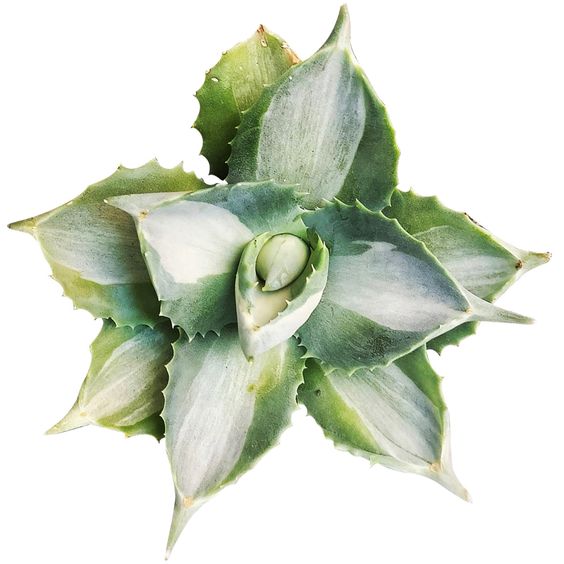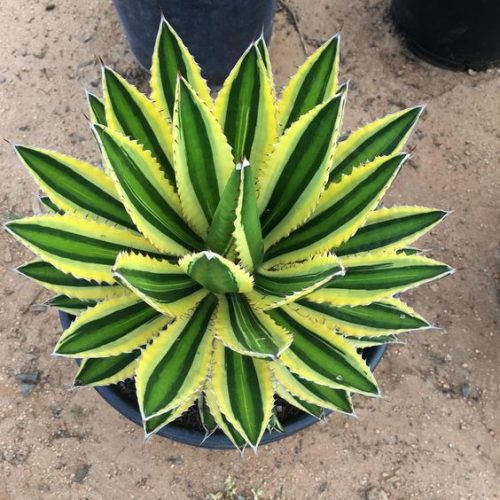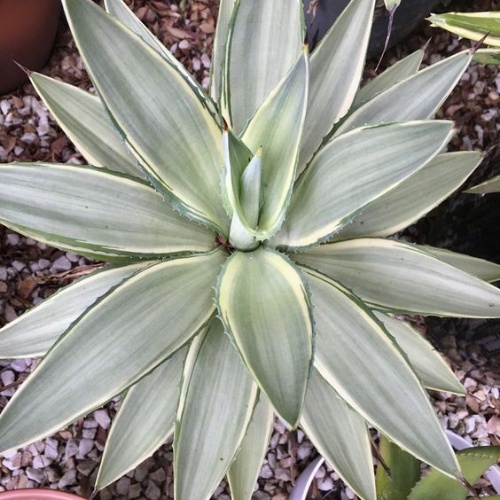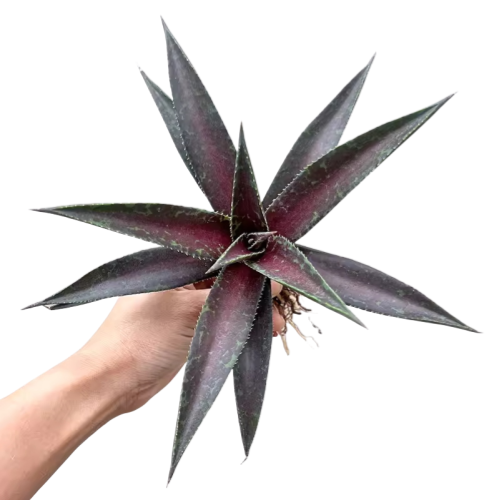Agave Victoria Regina
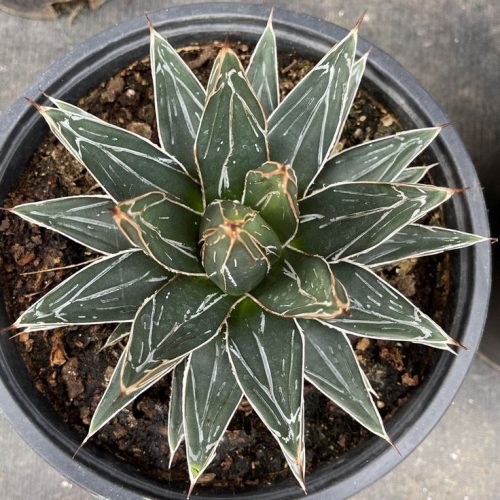
- Botanical Name:
- Family Name: Asparagaceae
- Stems:
- Temperature:
- Others:
Overview
Product Description
Agave Victoria Reginae: The Royal Majesty of the Desert
Royal Origins: The Queen Victoria Agave
Agave Victoria Reginae, regally known as the Queen Victoria Agave, is a majestic succulent plant that belongs to the Asparagaceae family. This plant is native to the arid landscapes of Mexico, specifically thriving in the Chihuahuan Desert regions. It can be found in the vicinity of Saltillo in Coahuila and in the Huasteca Canyon outside Monterrey. The Agave Victoria Reginae was bestowed with its regal name by the British horticulturist and botanist Thomas Moore in the 19th century. The naming was a tribute to Queen Alexandrina Victoria, who reigned over the United Kingdom of Great Britain and Ireland from 1837 to 1901, a period marked by significant industrial, cultural, and political changes.
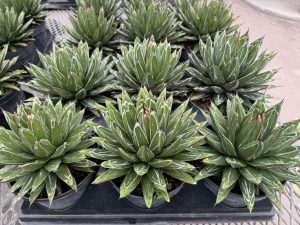
Agave Victoria Regina
This agave species carries with it a sense of historical significance, reflecting the grandeur of the Victorian era in its very name. Its origin story is intertwined with the botanical explorations of the 19th century, when many new plant species were discovered and introduced to the Western world. The Agave Victoria Reginae stands as a testament to the botanical legacy of that time, a connection between the remote deserts of Mexico and the royal courts of Europe.
Agave Victoria Reginae: The Royal Survivalist’s Guide to Thriving in Style
Sun and Chille
Agave Victoria Reginae, a plant with a taste for the finer things in life, basks in the glory of ample sunlight or the gentle respite of light shade. This royal succulent is well-suited to environments that offer full sun or partial shade, ensuring it remains a picture of health and vigor. Not one to shy away from a bit of frost, this plant demonstrates its hardiness by withstanding temperatures as low as 10°F (-12°C), a true testament to its desert origins and regal resilience.
Thirsty? Not Really
When it comes to hydration, Agave Victoria Reginae is a modest drinker, requiring just the right amount of moisture to keep its roots content. During the growing season, it appreciates a deep watering after the soil has dried out completely, but come winter, this plant royalty enters a slumber, demanding little to no water at all. It’s a plant that knows when to indulge and when to hold back, a quality that has earned it the title of “desert survivor.”
Soil, Space, and Spectacle
Preferring a soil that is as free-spirited as it is, Agave Victoria Reginae thrives in loose, breathable, and well-draining environments rich in sand or gravel. This ensures that its roots have the space to stretch out and enjoy the finer things in life. Growing at a stately pace, this plant forms a compact rosette, reaching a height of about 1 foot and a width of 1.5 feet, making it a compact yet commanding presence in any garden. When it comes to flowering, Agave Victoria Reginae is a one-time wonder, showcasing its grandeur in a single, spectacular event before the mother plant bids adieu, sometimes leaving behind new offshoots around the flower stalk, a royal legacy indeed.
Agave Victoria Reginae: The Regal Majesty of Succulents
Majestic Form – The Royal Profile
Agave Victoria Reginae is celebrated for its distinctive form and widespread appeal. Characterized by its large, rosette-shaped arrangement of leaves, these elongated, pointed leaves are edged with tough spines. The leaves exhibit an elegant gray-green hue, coated with a layer of white powder, a waxy bloom that protects the plant from harsh sunlight and reduces water loss. Mature plants can reach heights and widths of 1 to 1.5 meters, forming a striking botanical sculpture.
Garden Favorite – The Queen of Popularity
Adored by gardening enthusiasts for its spectacular appearance and low-maintenance nature, Agave Victoria Reginae is a garden standout. Its slow growth rate makes it an ideal focal point in landscape design, perfect as a solitary display in courtyards or as a potted plant gracing indoor spaces. Moreover, its drought tolerance and adaptability to extreme climates make it a dream choice for arid region gardening. The plant’s flowering process is particularly dramatic, as it blooms only once in its lifetime, with a tall flower stalk that produces an abundance of flowers, a natural spectacle awaited by many plant lovers and photographers.





